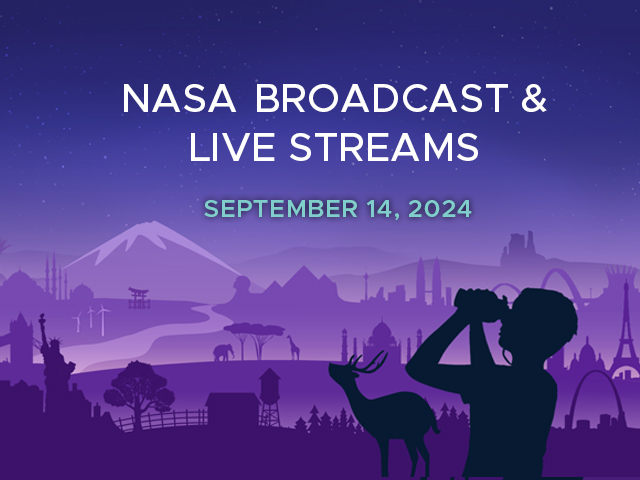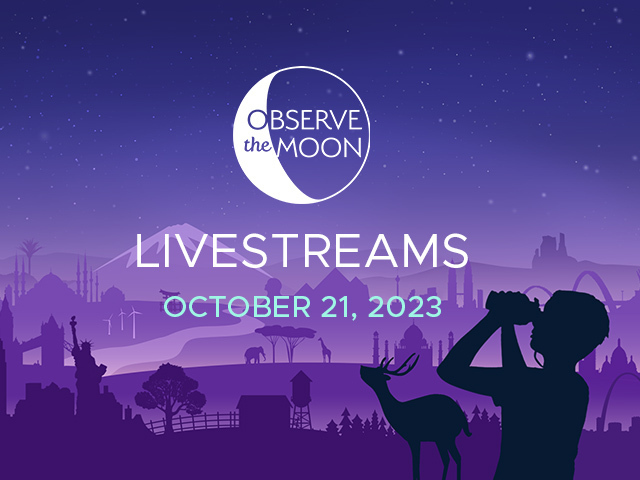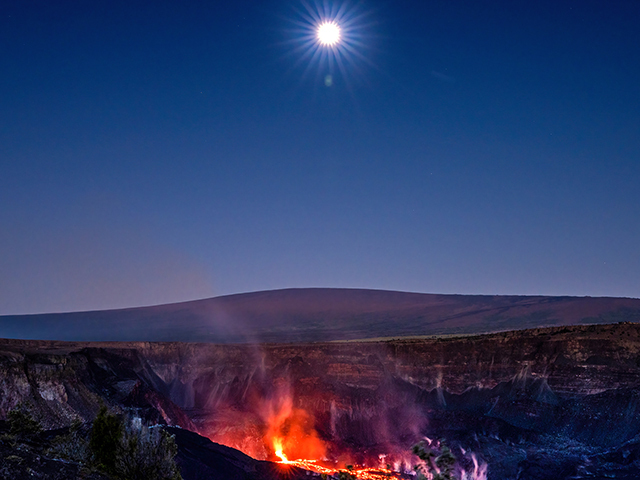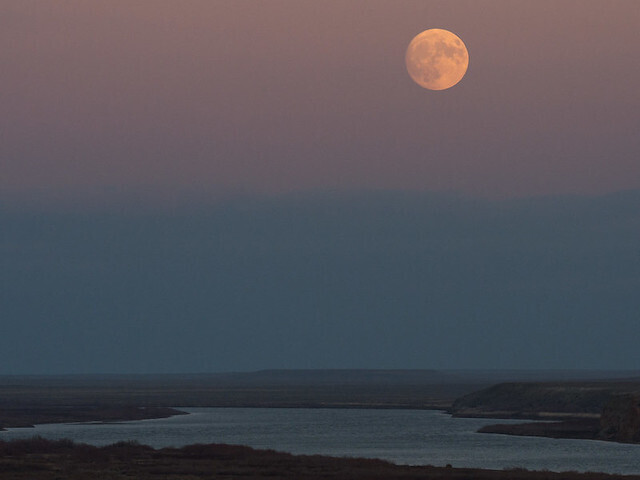News | November 7, 2017
Remembering Dick Gordon
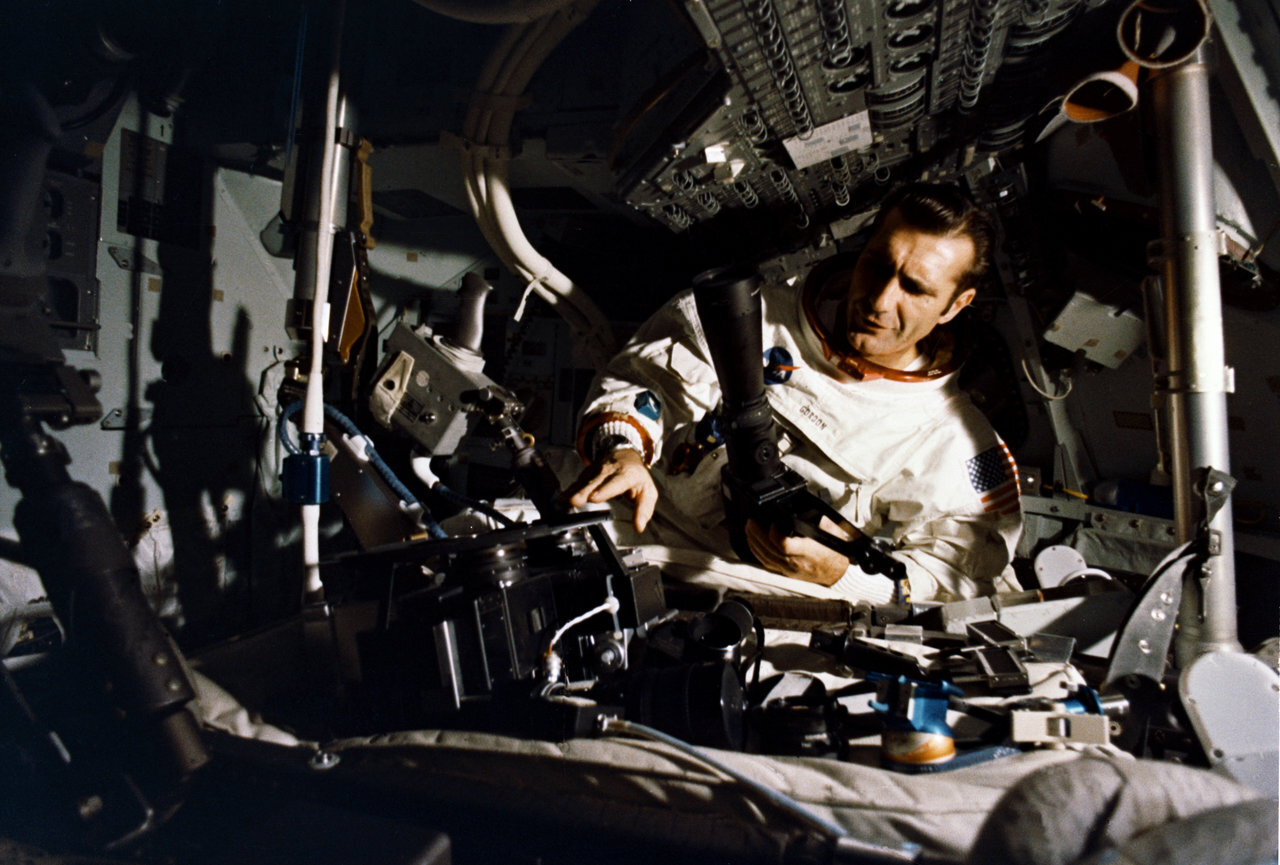
Astronaut Richard F. Gordon Jr., Apollo 12 command module pilot, participates in simulation training at the Kennedy Space Center (KSC). Apollo 12 was the NASA's second lunar landing mission. The other two crew members were Charles Conrad Jr., commander; and Alan L. Bean, lunar module pilot.
Former NASA astronaut Richard Gordon, command module pilot on Apollo 12, the second lunar landing mission, passed away on Nov. 6, 2017.
Acting NASA Administrator Robert Lightfoot said in a statement on Gordon's passing: “NASA and the nation have lost one of our early space pioneers. We send our condolences to the family and loved ones of Gemini and Apollo astronaut Richard Gordon, a hero from NASA’s third class of astronauts."
Gallery: Images of Astronaut Dick Gordon
Interviews with Dick Gordon:
NASA Johnson Space Center Oral History Project, June 16, 1999
NASA Johnson Space Center Oral History Project, Oct. 17, 1997
Gordon, a retired U. S. Navy captain, became an astronaut in 1963. He spent more than 316 hours in space on two missions. He was the pilot for the three-day Gemini 11 mission in 1966 and performed two spacewalks. At the time of the flight, Gemini 11 set the world altitude record of 850 miles.
He was the pilot for the three-day Gemini 11 mission in 1966 and performed two spacewalks. At the time of the flight, Gemini 11 set the world altitude record of 850 miles.
Gordon was born in Seattle, Washington in 1929. He graduated from North Kitsap High School in Poulsbo, Washington in 1947, then received a Bachelor of Science degree in Chemistry from the University of Washington in 1951.
In 1953, Gordon received his wings as a naval aviator. He then attended All-Weather Flight School and jet transitional training and was subsequently assigned to an all-weather fighter squadron at the Naval Air Station at Jacksonville, Florida.
In 1957, he attended the Navy's Test Pilot School at Patuxent River, Maryland, and served as a flight test pilot until 1960. During this tour of duty, he did flight test work on the F8U Crusader, F11F Tigercat, FJ Fury, and A4D Skyhawk, and was the first project test pilot for the F4H Phantom II. He served with Fighter Squadron 121 at the Miramar, California, Naval Air Station as a flight instructor in the F4H and participated in the introduction of that aircraft to the Atlantic and Pacific fleets. He was also flight safety officer, assistant operations officer, and ground training officer for Fighter Squadron 96 at Miramar.
Gordon made a second flight in 1969 as command pilot on Apollo 12 with spacecraft commander, Charles Conrad and lunar module pilot, Alan Bean. Throughout the 31-hour lunar surface stay by Conrad and Bean, Gordon remained in orbit around the moon on the command module, "Yankee Clipper."
Since retiring from NASA, Gordon served as Executive Vice President of the New Orleans Saints Professional Football Club in the National Football League and held executive positions at several companies in the oil and gas, engineering and technology industries.
In November 2005, NASA honored veteran Gordon with an Ambassador of Exploration award. NASA presented these prestigious awards to the astronauts who took part in the nation's Mercury, Gemini and Apollo space programs from 1961 to 1972. Ambassadors of Exploration help NASA communicate the benefits and excitement of space exploration.
For more on Gordon’s NASA career, visit:
https://www.nasa.gov/sites/default/files/atoms/files/gordon_richard.pdf


